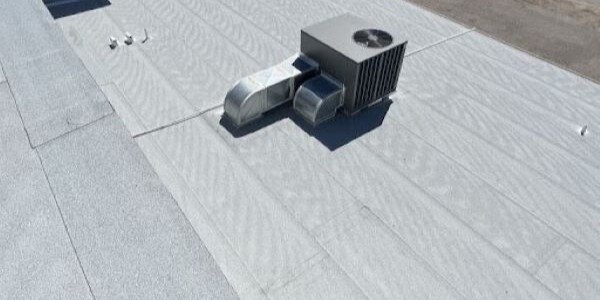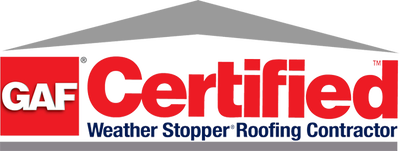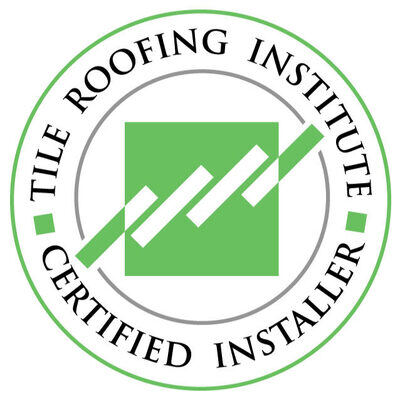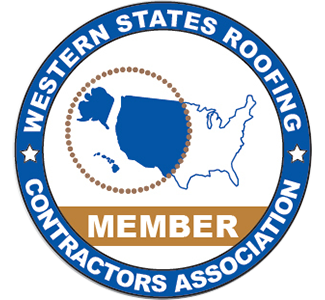Multi-Layer Protection
Mod bit is usually applied in two or more layers to create a reinforced, highly durable roofing system that stands up to the elements and extends your roof’s lifespan.
Modified bitumen (mod bit) roofing is a durable and cost-effective solution for commercial buildings with flat or low-slope roofs. Originally developed in the 1960s as an improvement to traditional Built-Up Roofing (BUR), modified bitumen has become a trusted industry standard thanks to its flexibility, weather resistance, and long lifespan.
Whether you need a new installation, repair, or roof restoration, Azul Roofing specialized in modified bitumen for commercial buildings in Arizona.
Modified bitumen combines an asphalt membrane with polymerized rubber or plastic and fiberglass reinforcement. The result is a roofing material that provides superior waterproofing, impact resistance, and longevity.







Modified bitumen has become a go-to choice for commercial properties thanks to its many benefits:
Mod bit is usually applied in two or more layers to create a reinforced, highly durable roofing system that stands up to the elements and extends your roof’s lifespan.
Thanks to its high tensile strength, most modified bitumen roofing resists punctures, tears, and damage from wind-driven debris, storms, and regular foot traffic. This makes it ideal for commercial buildings with rooftop access.
Mod bit roofing creates a seamless, watertight barrier that prevents leaks, even with Arizona’s monsoon rains. Multi-ply systems provide an extra layer of protection against moisture intrusion.
Certain modified bitumen systems include cool roofing technology that reflects sunlight and improves insulation. This can help your business lower cooling costs and improve energy efficiency.
Mod bit is built to perform in Arizona’s harsh climate, able to withstand extreme heat, heavy rain, and strong winds. Some systems include reflective coatings that deflect UV rays to reduce heat absorption and extend the roof’s lifespan.
Modified bitumen is relatively quick to install and, as a rolled membrane, is simple to repair if damaged. Its layered structure allows for easy patching and restoration – meaning less long-term maintenance costs.
There are several ways to install a modified bitumen roof, depending on your building’s structure, climate considerations, and project requirements.
This is a highly durable method where roofing layers are heated with a torch to bond directly to the underlayment. This creates a watertight, seamless seal that offers excellent resistance to UV rays and moisture infiltration.
This is a low-heat alternative that uses specialized adhesives to secure the roofing layers. This method is ideal for buildings where open flames or heat application aren’t feasible.
This is a cost-effective option where mod bit sheets come with a pre-applied adhesive backing. It’s quicker to install but is less durable than torch-down or cold-applied systems, making it more suited for temporary solutions.
Here’s why businesses throughout Phoenix call us the best roofing company in Arizona:
Our skill comes from decades of training, continuous education, and experience with commercial bitumen roofing in Arizona.

Our Phoenix commercial roofers are fully-licensed and manufacturer certified by some of the most respected brands in the business.
When available we offer eco-friendly roofing options, as well as traditional roofing options. We even specialize in roofing for solar installations.
We only select premium roofing materials and focus on quality craftsmanship for lasting results.
We complete projects on schedule, with minimal disruption to your business operations.
Referrals drive our business – let us show you why!
With proper installation and maintenance, a modified bitumen roof can last 20+ years.
Built-Up Roofing (BUR) uses multiple layers of tar and asphalt, making it heavier and more labor-intensive to install. Modified bitumen is lighter, more flexible, and easier to install while still offering great waterproofing and durability.
Most mod-bit repairs involve cutting out the damaged section, replacing it with a new patch, and sealing it with a roofing-grade adhesive or heat-welding.
We recommend semi-annual inspections to catch early signs of wear and prevent costly damage. It’s also a good idea to schedule an inspection after severe weather events like hailstorms.